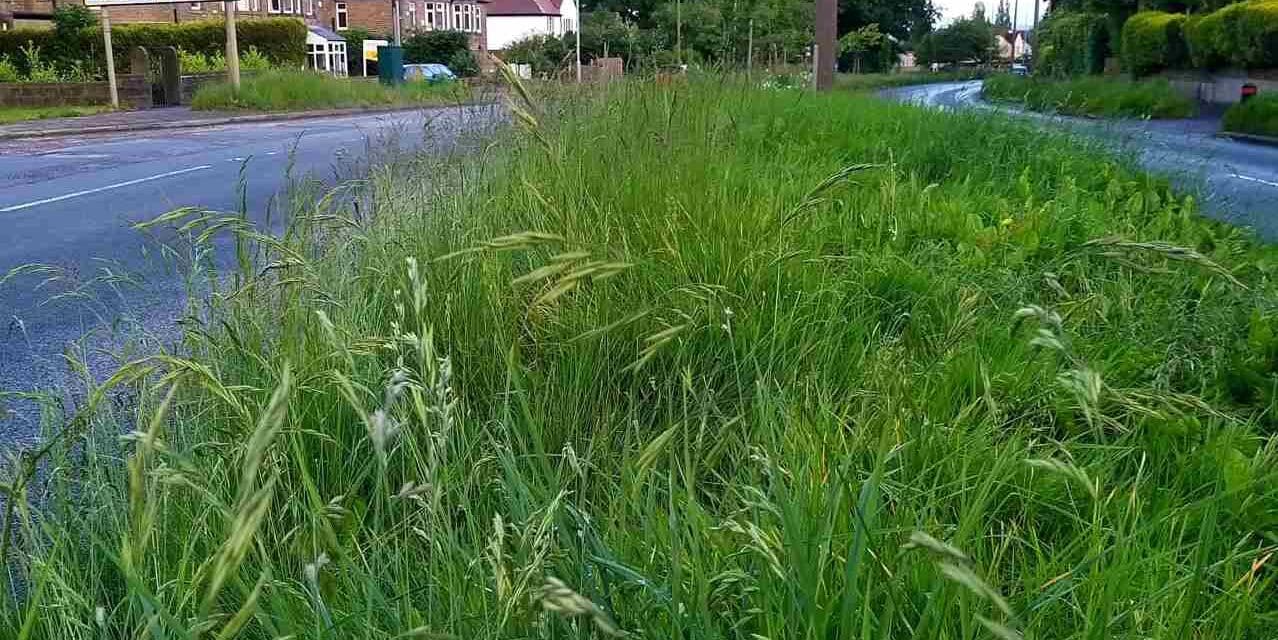And what is so rare as a day in June?
Then, if ever, come perfect days;
Then Heaven tries earth if it be in tune,
And over it softly her warm ear lays;
Whether we look, or whether we listen,
We hear life murmur, or see it glisten;
Every clod feels a stir of might,
An instinct within it that reaches and towers,
And, groping blindly above it for light,
Climbs to a soul in grass and flowers.
James Russell Lowell (1819-1891)
By Gordon the Gardener
It’s June and time to feed all plants in pots and containers every 10 days to encourage flowering and vigour. Keep your greenhouse damp on very hot days and apply shading to the glass to protect plants from the sun’s rays.
Dahlias – these colourful blooms are a real attraction. Dahlias can be planted now. I only apply bonemeal to the land where I plant them as I find too much rich feed can produce poor tubers for over wintering.
A dahlia makes a lot of heavy growth and if not tied and well staked, strong winds will blow over and snap off the whole plant.
Cauliflowers can be planted now. The cauliflower is not the easiest of vegetables to grow – but is well worth a try.
Land should be well prepared. Incorporate manure and fertiliser such as fish blood and bone. Lime can be added as well. Other brassicas can also be put in now.
The secret is to firm the soil down hard then plant 18in apart. Firm well in. When growing on they should be given a few liquid feeds. Also, peas and beans can be put in.

All gardeners should be aware of the natural world we live in, and our aim should be to work with it – not against it.
It is of no use at all not mowing your lawn. This only produces long grass and very few wild flowers.
Just take a look at the roadside verges and what do you see? Long grass in which wild flowers cannot grow.
Nature needs help by sowing the verges with wild flower SEED and take it from there. The slogan ‘No Mow’ is misleading.
The gardener should be always aware of nature. With that in mind, have you got an area which you can leave to grow wild?
A patch where nettles can be left to grow, no matter how small will be beneficial to ladybirds and butterflies but, more essentially, to their larvae.
You will all have seen butterflies landing on nettles but do you know why? Many don’t.
The small tortoiseshell butterfly lays its eggs on the common nettle, on which the larvae feed.
The resulting caterpillar then feeds on the nettles before turning into a chrysalis. The resulting butterflies will benefit from plant nectar-rich borders for them to feed along and climbing ivy and shrubs for over-wintering insects.
Unfortunately, this butterfly has suffered a worrying decline. The cause of this recent decline is not yet known.
But you can help by providing the fresh growth they need by cutting a small section of the nettles back by half in June and another in July which provides the young growth they need to feed on. Mature growth is too hard for them.

I spotted a beautiful group of Rock Roses at the Ringway shopping centre in Huddersfield. It is not a member of the rose family but they resemble old fashioned single flowering roses hence the name.
Rock Roses grow well in poor-quality soils and often survive in locations where other plants can’t.
It is not necessary to prune Rock Roses at all. You may, however, choose to do so to improve and encourage a bushy habit. Pinch back the sappy new growth after flowering to achieve this.
Weeds are very clever and will soon overrun any garden that’s been neglected. Hoe weeds when the sun is out and this should be done regularly.
If the land is moist then hand weeding is a remedy I have often used successfully. There’s no substitute for hard work.
Catch up on Gordon the Gardener’s monthly blogs HERE


















